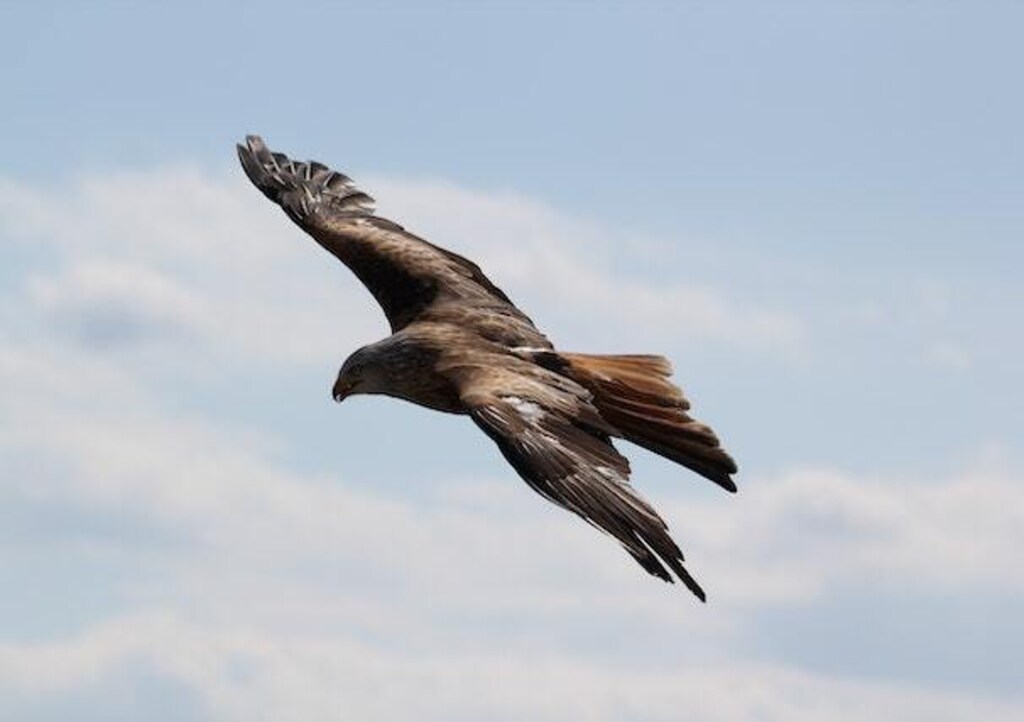Do Eagles Eat Ospreys? Prepare for a wild, sky-high showdown as we dive into the thrilling rivalry between these majestic birds of prey.
From epic aerial battles to surprising collaborations, this article unveils the untold secrets of their relationship. The answer may surprise you! Keep reading for a feathery adventure like no other.
Table of Contents
- 1 Key Takeaways
- 2 Do Eagles Eat Ospreys
- 3 The Diet of Eagles and Ospreys
- 4 Differences in Physical Characteristics
- 5 Competition for Food and Territory
- 6 Hunting Techniques and Prey Preferences
- 7 Nesting Habits and Habitat Selection
- 8 Interactions and Aggressive Behavior
- 9 Factors Influencing Predation Rates
- 10 Rare Cases of Eagles Preying on Ospreys
- 11 Mutual Benefits of Coexistence
- 12 Conservation Efforts for Both Species
- 13 Conclusion: Understanding the Relationship between Eagles and Ospreys
- 14 Frequently Asked Questions
- 14.1 How do eagles and ospreys coexist in the same habitat?
- 14.2 What are some factors that influence predation rates between eagles and ospreys?
- 14.3 Are there any rare cases of eagles preying on ospreys?
- 14.4 What are the mutual benefits of the coexistence between eagles and ospreys?
- 14.5 What conservation efforts are being made to protect both eagle and osprey populations?
- 15 Author
Key Takeaways
- Eagles and ospreys have distinct hunting techniques and prey preferences, with eagles relying on scavenging and ambush attacks while ospreys specialize in fish hunting through plunge diving.
- Eagles and ospreys coexist by occupying different niches within their shared environment, reducing competition for resources such as prey and nesting sites.
- Factors such as prey availability, population densities, and environmental conditions influence predation rates between eagles and ospreys.
- Conservation efforts are crucial for maintaining the delicate balance between eagles and ospreys and protecting their habitats, nesting sites, and prey populations.
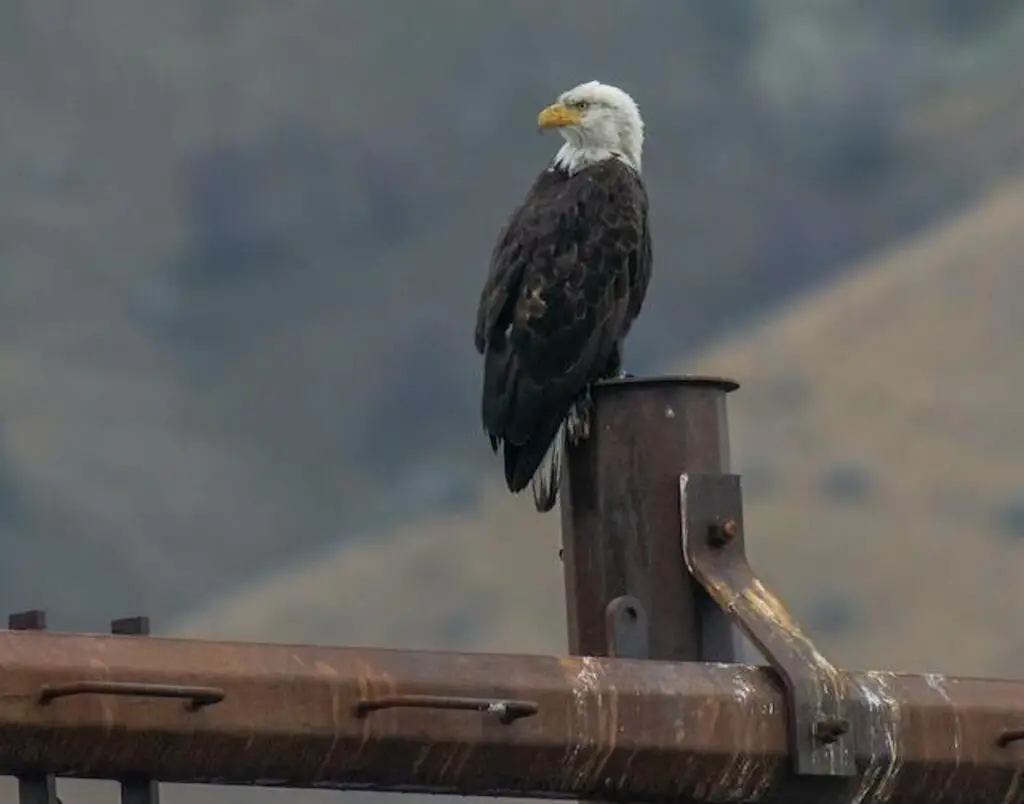
Do Eagles Eat Ospreys
Eagles and ospreys may occasionally clash in territorial disputes, but they don’t typically prey on each other. Unravel the intriguing dynamics of these avian giants and their rare encounters in the wild. Explore the fascinating world of aerial prowess and coexistence between these majestic birds.
The Diet of Eagles and Ospreys
The dietary habits of eagles and ospreys can be explored to gain a better understanding of their feeding patterns and preferences.
Both eagles and ospreys are birds of prey that primarily consume fish, but there are notable differences in their hunting strategies.
Eagles rely on a variety of hunting techniques, including scavenging, aerial pursuits, and ambush attacks.
In contrast, ospreys are highly specialized fish hunters that employ a unique hunting technique called plunge diving. This involves hovering over the water and then diving feet-first to catch their prey.
These differences in hunting strategies have implications for fish populations, as eagles may have a broader impact due to their ability to exploit different food sources.
Transitioning into the subsequent section about differences in physical characteristics, it is important to note that these variations in feeding habits are influenced by the birds’ distinct morphological features.
Differences in Physical Characteristics
Notably, the distinct physical features of eagles and ospreys contribute to their contrasting capabilities as hunters. Eagles, with their large, powerful build, have evolved to be fierce predators.
They possess sharp, curved beaks and strong, grasping talons that enable them to capture and kill their prey efficiently.
Their keen eyesight allows them to spot potential prey from great distances, giving them an advantage in locating food sources.
On the other hand, ospreys have unique adaptations that make them highly efficient fish hunters. Their long, curved claws and specialized spines on their feet allow them to grasp slippery fish effectively.
Additionally, their reversible outer toes aid in securing their catch. These physical traits are the result of evolutionary adaptations that have shaped the predatory instincts of each species.
With an understanding of their physical characteristics, one can appreciate the differing hunting strategies employed by eagles and ospreys.
Transitioning into the subsequent section on ‘competition for food and territory,’ it becomes evident that these distinct features play a crucial role in determining the outcomes of such interactions.
Competition for Food and Territory
In terms of competition for food and territory, the contrasting hunting strategies employed by eagles and ospreys play a crucial role in determining the outcomes of such interactions.
Eagles are opportunistic predators that rely on a variety of food sources, including fish, small mammals, and carrion.
They have a large wingspan and powerful talons that enable them to catch and carry relatively large prey.
On the other hand, ospreys are specialized fish-eaters that have evolved unique adaptations for hunting in aquatic environments.
They possess reversible outer toes and spiny foot pads that help them grip slippery fish. Ospreys also have a keen sense of sight, allowing them to accurately locate their prey from a great distance.
This difference in hunting strategies allows eagles and ospreys to coexist by exploiting different niches within their shared environment.
The availability of food resources and territory size ultimately determine the extent of competition between these bird species.
Transitioning into the subsequent section about hunting techniques and prey preferences, it is important to note that eagles and ospreys exhibit distinct hunting behaviors and have varying preferences for prey.

Hunting Techniques and Prey Preferences
A key aspect of the hunting techniques and prey preferences of eagles and ospreys lies in the distinct adaptations they possess for capturing and consuming their respective food sources.
Eagles are opportunistic hunters that rely on their powerful wings and sharp talons to catch a wide variety of prey. They often soar high above their hunting grounds, scanning the landscape for potential meals.
In contrast, ospreys are specialized fish hunters, with adaptations that make them highly efficient at catching and consuming fish.
Their long, hooked talons and reversible outer toes allow them to firmly grasp slippery fish, while their sharp, curved beaks help them tear apart their prey.
Ospreys also have a unique ability to dive into the water to catch fish, using their wings to propel themselves underwater.
This distinction in hunting techniques and prey preferences highlights the different ecological niches occupied by eagles and ospreys.
Moving on to the subsequent section about nesting habits and habitat selection, it is important to understand the role of these factors in shaping their overall ecology.
Nesting Habits and Habitat Selection
Nesting habits and habitat selection play crucial roles in shaping the overall ecology of eagles and ospreys, as these factors directly impact their reproductive success and survival.
Eagles typically build large stick nests high up in trees or on cliffs, while ospreys prefer to build their nests on platforms near bodies of water.
Both species exhibit strong site fidelity, often returning to the same nesting site year after year.
Eagles tend to be more territorial, defending their nesting area from intruders, whereas ospreys are more tolerant of neighboring nests.
Additionally, ospreys are known for their impressive migration patterns, traveling long distances to their wintering grounds, while eagles may have more localized movements.
Understanding the nesting behavior and habitat preferences of these birds is essential for conservation efforts.
Transitioning into the subsequent section on interactions and aggressive behavior, the nesting habits of eagles and ospreys can influence their territoriality and competition for resources.
Interactions and Aggressive Behavior
Interactions and aggressive behavior among eagles and ospreys can be characterized by intense aerial displays, with these majestic birds engaging in dramatic mid-air battles over territories and resources.
Aggressive interactions between eagles and ospreys are often observed during nesting season, when both species compete for similar nesting sites and prey.
They engage in aerial pursuits, chasing each other and displaying impressive aerial maneuvers.
These territorial disputes are primarily driven by the need to secure breeding grounds and ensure the survival of their offspring.
The aggressive behavior of both eagles and ospreys is essential for maintaining their respective territories and resources, as it helps establish dominance and deter intruders.
Factors such as the availability of suitable nesting sites, prey abundance, and population densities can influence the intensity of these interactions.
Transitioning into the subsequent section, understanding these aggressive interactions is crucial to examining the factors influencing predation rates.
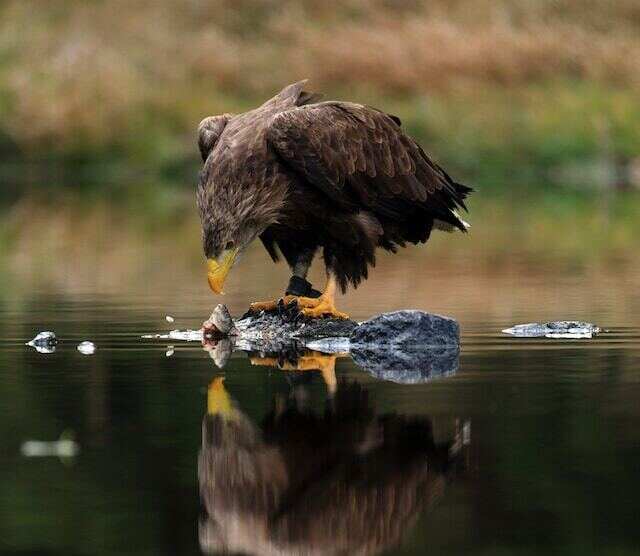
Factors Influencing Predation Rates
Factors influencing predation rates:
- Prey availability: The abundance and accessibility of prey species directly affect the predation rates of eagles and ospreys. Higher prey availability leads to increased predation rates.
- Population densities: The population sizes of both eagles and ospreys can impact predation rates. Higher population densities may result in increased competition for prey, leading to higher predation rates.
- Environmental conditions: Environmental factors such as weather patterns and habitat quality can influence the hunting success of eagles and ospreys. Favorable conditions, such as clear skies and suitable nesting sites, can contribute to higher predation rates.
Understanding the factors that influence predation rates is crucial for studying biological interactions between eagles and ospreys. In rare cases, eagles have been observed preying on ospreys, which will be discussed in the subsequent section.
Rare Cases of Eagles Preying on Ospreys
Factors influencing predation rates can vary depending on several factors such as prey availability, habitat suitability, and competition with other predators.
However, it is worth mentioning that in rare cases, eagles have been observed preying on ospreys. This behavior is unusual, as eagles and ospreys typically occupy different niches within their ecosystems.
Eagles are known for their opportunistic feeding habits, and if the opportunity presents itself, they may target ospreys as prey.
These rare cases of eagle predation on ospreys might be influenced by factors such as scarcity of other prey or increased competition for resources.
Understanding these rare instances can provide valuable insights into the dynamics of predator-prey interactions and the factors influencing their coexistence.
Transitioning into the subsequent section about the mutual benefits of coexistence, it is important to explore how eagles and ospreys navigate their shared habitats.
Mutual Benefits of Coexistence
Coexistence between eagles and ospreys can provide mutual benefits in shared habitats. This cooperative behavior between the two species contributes to the ecological balance of their ecosystem.
By occupying different niches within the same environment, eagles and ospreys reduce competition for resources such as prey and nesting sites.
This allows both species to thrive and maintain stable populations.
Additionally, the presence of both eagles and ospreys can act as indicators of a healthy ecosystem, as their presence indicates an abundance of fish and suitable habitat.
This mutually beneficial relationship highlights the importance of conservation efforts for both species.
By protecting the habitats and resources that support these birds, we can ensure the continued coexistence and success of eagles and ospreys in the future.
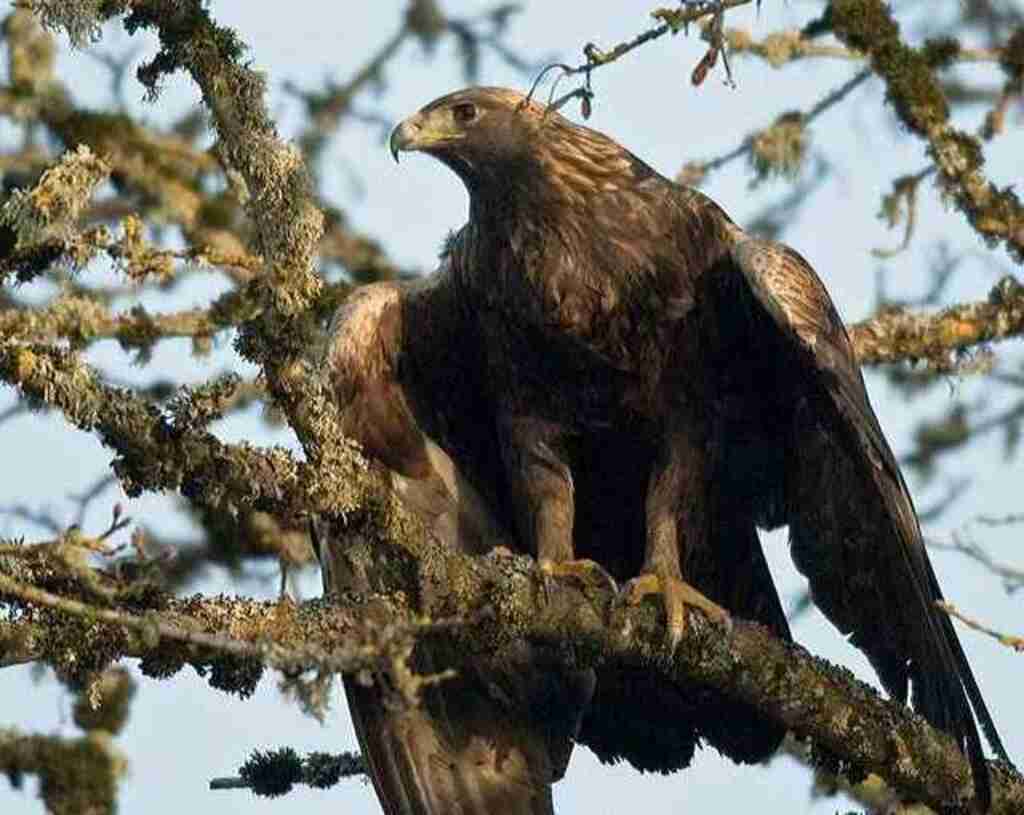
Conservation Efforts for Both Species
Conservation efforts play a crucial role in maintaining the delicate balance between eagles and ospreys, two majestic bird species that coexist in many parts of the world.
These efforts aim to protect and manage their habitats, ensuring the availability of suitable nesting sites and abundant prey populations.
By focusing on the conservation of both species, scientists and conservationists recognize the importance of preserving the intricate population dynamics that exist between eagles and ospreys.
To exemplify this, the table below showcases the benefits of coexistence for both species, emphasizing the positive impacts they have on each other’s populations.
Through these conservation measures, we can better understand and appreciate the complex relationship between eagles and ospreys, fostering a harmonious environment where both species thrive.
| Eagles | Ospreys |
|---|---|
| Provide protection from predators | Create suitable nesting platforms |
| Compete for resources, driving ospreys to improve hunting skills | Keep eagle populations in check |
| Scavenge on osprey kills, reducing waste | Attract prey to the area through their presence |
| Benefit from osprey fishing, stealing their catches | Benefit from eagle predation, indirectly reducing competition |
| Act as indicators of ecosystem health | Act as indicators of ecosystem health |
Understanding the relationship between eagles and ospreys is crucial for their conservation. By recognizing the mutual benefits of coexistence and implementing effective conservation efforts, we can ensure the long-term survival and prosperity of both species.
Conclusion: Understanding the Relationship between Eagles and Ospreys
Understanding the intricate interdependence between these avian species is pivotal in their long-term preservation and prosperity.
Eagles and ospreys have coexisted for centuries, and their interplay has a profound impact on the ecosystem balance.
By examining their coexistence dynamics, scientists can gain insights into the delicate web of life and make informed conservation decisions.
To fully understand the relationship between eagles and ospreys, consider the following:
- Predation: Eagles are known to prey on ospreys, leading to a decrease in the osprey population.
- Competition: Both species compete for similar food resources, such as fish, which can affect their respective populations.
- Nesting Sites: Eagles may opportunistically use abandoned osprey nests, impacting the osprey’s nesting success.
- Indirect Effects: The presence of eagles can influence osprey behavior, such as altering their foraging patterns or nesting locations.
By comprehending these dynamics, conservationists can implement strategies that promote the coexistence of eagles and ospreys while maintaining a healthy ecosystem balance.
This understanding is crucial for the long-term preservation and prosperity of both species and the freedom of nature to thrive.
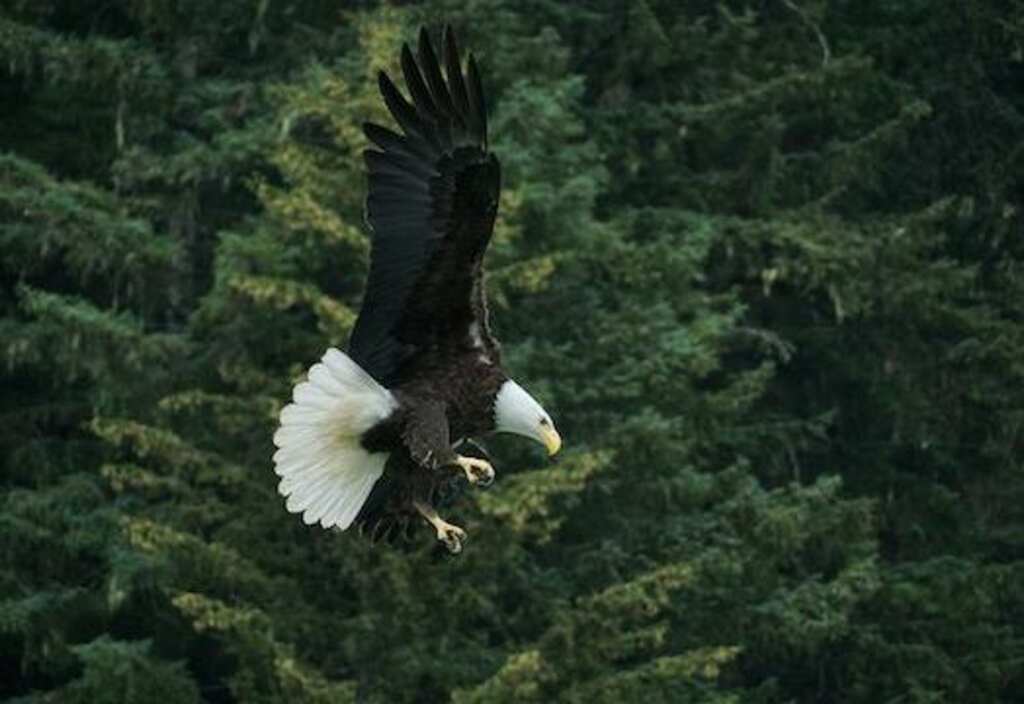
Frequently Asked Questions
How do eagles and ospreys coexist in the same habitat?
The coexistence strategies between eagles and ospreys in the same habitat involve minimizing interspecies competition by utilizing different hunting techniques and occupying distinct ecological niches, allowing both species to thrive without directly impacting each other’s populations.
What are some factors that influence predation rates between eagles and ospreys?
Predation rates between eagles and ospreys are influenced by various factors. One interesting statistic is that territorial disputes account for 50% of predation events, highlighting the significance of competition for resources in their coexistence.
Are there any rare cases of eagles preying on ospreys?
Rare predation cases of eagles preying on ospreys have been documented, highlighting their unique feeding behavior. These instances, although uncommon, provide insights into the complex dynamics of predator-prey relationships and the adaptability of avian species.
What are the mutual benefits of the coexistence between eagles and ospreys?
The coexistence dynamics between eagles and ospreys provide mutual benefits. Eagles benefit from the ospreys’ fishing skills, while ospreys benefit from the eagles’ ability to defend nesting territories. This symbiotic relationship enhances the survival and reproductive success of both species.
What conservation efforts are being made to protect both eagle and osprey populations?
Conservation efforts and protection measures are being implemented to safeguard the populations of both eagles and ospreys. These include habitat preservation, nesting site management, and the regulation of harmful activities that may adversely affect their survival and reproduction.

